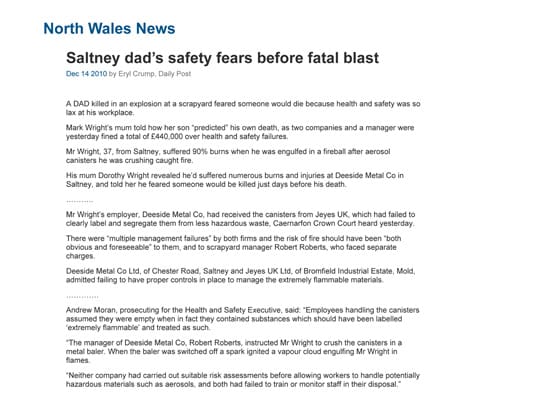“Undercover Boss” has become a popular television program in many countries over the last few years. The format is fresh and the results revealing. The eyes of each boss are opened to the deficiencies of a business and to the value of the workforce. Each episode ends with the reward of acknowledgement to the workers and new wisdom to the boss.
But the show is also an indictment of the attitudes of, and the management training provided, to senior executives. Why were the employees not being valued by the executives already? How did the executives lose touch?
If business management, corporate structures, and management training was rooted in the reality of work rather than profit, a series like Undercover Boss would never have been possible.
The concept of an executive maintaining a perspective of frontline customer contact is not new. Continue reading “Undercover Boss is an example of executive alienation”


